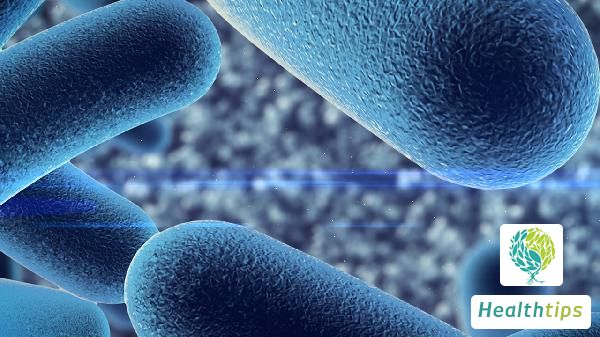How to Identify a Cerebral Hemorrhage Caused by Leukemia?
Leukemia-Associated Cerebral Hemorrhage
Leukemia-associated cerebral hemorrhage refers to bleeding caused by the infiltration or destruction of blood vessel walls by leukemic cells, leading to the rupture of intracranial blood vessels. Clinically, it is characterized by severe headache, nausea, vomiting, and disturbances of consciousness. In severe cases, coma or even death may occur. Methods for diagnosing leukemia-associated cerebral hemorrhage primarily encompass clinical symptoms, signs, and auxiliary examinations.

1. Clinical Symptoms
Leukemia patients often present with symptoms such as fever, anemia, and infections. Aggravation of these symptoms, accompanied by severe headache, nausea, vomiting, and disturbances of consciousness, may indicate the occurrence of leukemia-associated cerebral hemorrhage.
2. Signs
Physicians conduct physical examinations based on patients' clinical manifestations, observing their mental status, the presence of pallor, and skin or mucosal bleeding points. Additionally, neurological examinations are performed, assessing pupil size and the presence of pathological reflexes.
3. Auxiliary Examinations
For patients suspected of having leukemia-associated cerebral hemorrhage, cranial CT scans can confirm the diagnosis and assess the severity of the condition. Lumbar puncture, with cerebrospinal fluid analysis, can also help understand the disease's severity and prognosis. Upon confirmation of leukemia-associated cerebral hemorrhage, prompt treatment is necessary.
Initially, patients should rest in bed to avoid overexertion. Maintaining a clear respiratory tract and administering oxygen therapy are crucial. Active management of the primary lesion, such as chemotherapy with cyclophosphamide injection, is essential. Furthermore, treatment for complications, like intracranial hypertension, involves administering mannitol injection as prescribed to reduce intracranial pressure.
In daily life, maintaining a balanced diet rich in fresh fruits and vegetables to supplement vitamin C is important. Adequate rest and ensuring sufficient sleep are also vital.



















